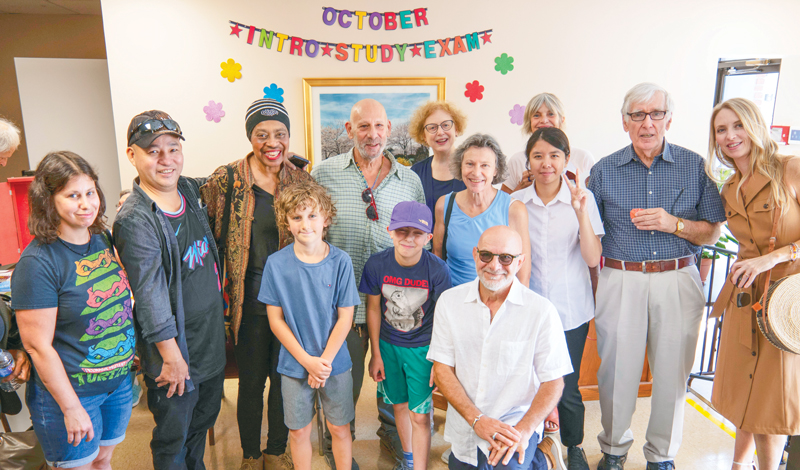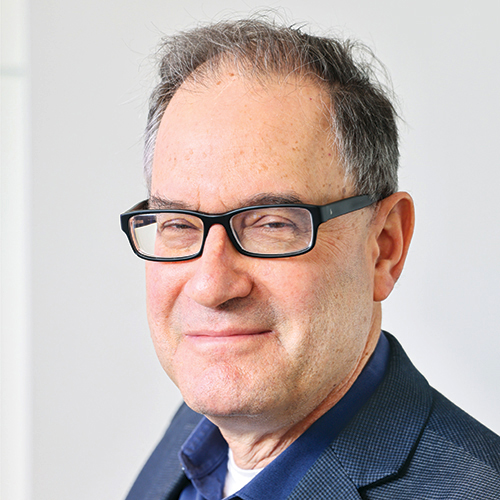
by Adin Strauss
SGI-USA General Director
To our wonderful SGI-USA members,
Please accept my gratitude and my admiration for everyone’s tremendous efforts during this most significant and most victorious Summer of Shakubuku. From all over the country, I’ve heard from so many members who are delighted to have been able to share our life-changing practice with their friends and families. And, exactly as Nichiren Daishonin taught, both the person who took initiative to share our practice and the person who started to practice as a result have been able to experience joy and see tremendous benefit in their lives. It’s truly a wonderful thing!
This month, SGI-USA representatives were among 134 members from eight countries to attend an SGI Training Course in Tokyo. During the Soka Gakkai headquarters leaders meeting, SGI Senior Vice President Hiromasa Ikeda introduced two remarkable works of calligraphy from Ikeda Sensei, which we’ll soon all be able to enjoy together at our monthly kosen-rufu gongyo meetings.
The first was Rissho Ankoku, or “establishing the correct teaching for the peace of the land.” The second was Kyosen no Chikai, which means “vow of shared struggle.”
Mr. Ikeda said that, precisely because we live in an era that is seemingly cloaked in darkness, it’s the ideal time to join hands and stand up together. These words really hit home for me, given the state of our country and world.
Our national SGI-USA leadership team discussed how best to join hands in this era as well as create something special and meaningful toward Nov. 15, the first anniversary of Sensei’s passing.
Our conclusion: What better way to mark this day than to have the most encouraging, well-attended and joyful November commemorative district general meetings to assure Sensei that kosen-rufu is not only advancing but also prospering in America.
Since all great endeavors start with a goal, as SGI-USA, we are determined to gather 50,000 members and guests at our November discussion meetings. We encourage each district to create their own goal and vision for holding your most memorable November district meeting yet.
Our second step will be to work hand in hand with district and group leaders to visit members, including those whom we see regularly and those who may not have come out for a long time for whatever reason. Such visits will enable us to further strengthen bonds of friendship in our noble SGI community.
During an exchange meeting in the city of Kawasaki next door to Tokyo, I met a guest from South Sudan, who had just competed in the Paris Olympics as a middle-distance runner. His brother was killed in the country’s civil war, and he uses his earnings as a professional runner in Japan to feed and educate six of his young relatives back home. While this young man is a devout Christian, he was quite moved when I shared with him that our mentor was also born in a time of tremendous war and experienced poverty growing up. We promised to meet again in Los Angeles at the 2028 Olympics. I believe by then, this young man’s bond with his SGI friends will be firm and unbreakable.
In keeping with the spirit of Sensei’s calligraphies, it’s time to join hands and engage in a shared struggle to establish the peace of the land. Let us start with our November district general meetings. Let us start now.
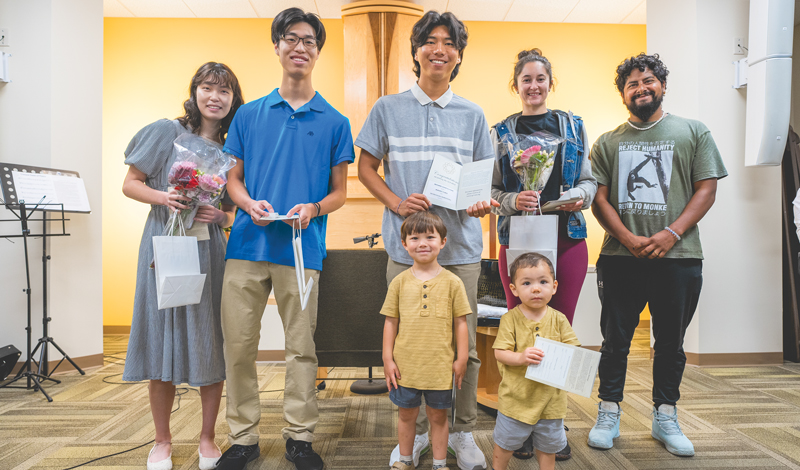
Setting Forth With Clear Goals
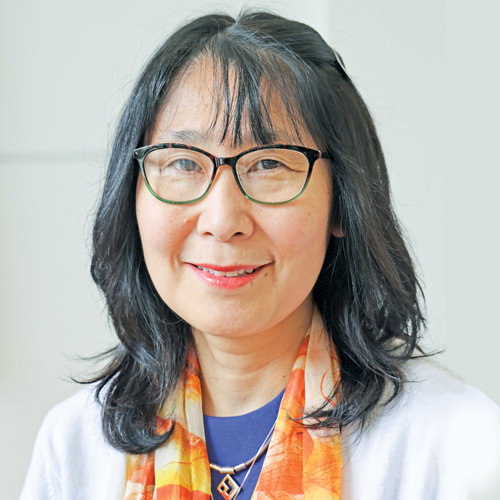
by Naoko Leslie
SGI-USA Women’s Leader
Thank you very much for this opportunity to share guidance from the September SGI Training Course, the kickoff toward Nov. 15, the first anniversary of Ikeda Sensei’s passing.
It was with great momentum from the Summer of Shakubuku that the representative women’s leaders of SGI-USA attended this training course. Each of us had fought to bring our friends to SGI meetings—many of whom received the Gohonzon or are on track to do so this year!
In a women’s division guidance session, SGI Women’s Leader Yumiko Kasanuki shared Sensei’s essay about the late Pascual Olivera, an internationally renowned flamenco dancer who once served as an SGI-USA arts department leader. In the October 2004 essay, he writes: “Pascual Olivera once said to his fellow arts [department] members: ‘Everyone is an actor performing the play of life. It is we who write the scenario and who perform the script of our own lives—neither fate, chance, nor a divine being writes this script. We write it, and we act it out. This is what Buddhism teaches. And as such, we have the power to change our lives!
‘But the problem is that even though we pray and try our best, at our most subconscious level we are saying something else. For example, in your conscious mind you pray, I want to pass this audition, or I want to improve my relationship, but in the depths of your mind you tell yourself, I’m not good enough. … I can’t do it. …
‘While praying to conquer an illness, we may be thinking in the bottom of our hearts that we’ll never recover. This is what I mean by a different script. And reality moves in the direction of that subconscious scenario. That’s why it’s so important to erase all such negative scenarios from our minds. …
‘In order to act out the play of victory, you must decide that you are going to win. Then visualize that result and engrave it in your mind. You need to hold a rehearsal in your brain. Write your goals on a piece of paper or say them out loud many times. That will help engrave them in your lives. You must repeat the scenario of total victory and burn it into your mind. If you gain the conviction that you can do it, then you can do it. Prayer means continuing to pray and fight until you see the result.’”[1]
Kasanuki then shared that this way of life, based on a deep-seated resolve, is called human revolution or changing karma into mission.
We are now approaching Nov. 15, one year since our mentor’s passing. Let’s set clear goals for kosen-rufu, including how many people we want to help become happy and what we want to accomplish in our personal lives.
And next year, Jan. 26 marks the 50th anniversary of the SGI’s founding, and Oct. 2 marks the 65th anniversary of Sensei’s first visit to America. For each milestone ahead, let’s achieve our goals and report our victories to Sensei.
At the Fourth Soka Gakkai Headquarters Leaders Meeting, which we attended on Sept. 7 at the Toda Memorial Hall in Tokyo, we watched a June 1997 video where Sensei spoke of Riyoko Miyasaka, a women’s division member in Takatsu Ward, saying:
Mrs. Miyasaka has led 90 households to embrace faith in Nichiren Buddhism. Her heart condition, which at one time had been so grave, improved rapidly. Such is the unfathomable power of the Mystic Law. In the Lotus Sutra we find the line “let us live out our lives!” (The Lotus Sutra and Its Opening and Closing Sutras, p. 228). And Mrs. Miyasaka has done just that for 40 years—living proof of the Mystic Law’s power to prolong life. …
Mrs. Miyasaka still continues to joyfully participate in SGI activities. She has developed a network of friends numbering in the hundreds and is helping a great many people form a connection with Buddhism. She remarks: “Every time I have earnestly challenged myself to work for kosen-rufu, I have broken through another part of my karma and received great benefit. This has made me the person I am today. When I have set aside my own worries and desires and devoted myself earnestly to Soka Gakkai activities, all of my personal wishes have been realized quite naturally as well.”[2]
Sensei emphasized that making a vow for kosen-rufu and fulfilling that vow is the Soka Gakkai spirit and genuine faith. Based on Sensei’s encouragement, let’s expand happiness together and welcome many new friends to our district family! Thank you!
Embodying Our Mentor’s Spirit to Encourage the Person in Front of Us
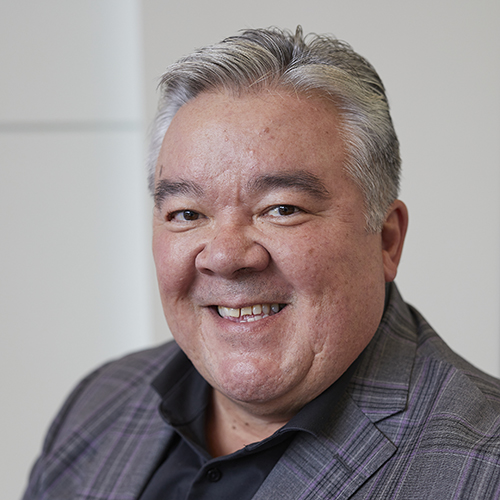
by James Herrmann
SGI-USA Men’s Leader
Thank you for the opportunity to share a brief report of our September Training Course in Japan. The men’s division representatives went with the determination to deepen our vow with Ikeda Sensei.
We SGI-USA representatives kicked off the week with a guidance session with Soka Gakkai President Minoru Harada. There, he emphasized the importance of encouraging the person in front of us and relayed Sensei’s example in a scene from volume 13 of The New Human Revolution, where Sensei appears as Shin’ichi Yamamoto:
One of the local leaders introduced a young woman of small stature who had lost her sight as a child and was completely blind. Her beloved mother had also died the year before.
Hearing her story, Shin’ichi said: “I’m so sorry. It must have been very difficult for you. But I assure you, if you persevere with faith you will definitely become happy.
“Some people, when they experience a series of sad events, conclude that they are unfortunate and weak, and they extinguish the light of hope with their own hands. But such an attitude itself is what makes one unhappy. Blindness does not equal unhappiness. The important thing is to open the eye of your heart, to see things from the perspective of Buddhism and boldly live out your life. If you do that, you will give hope and courage to those around you. I would like you to become a bright beacon for many others, guiding them through life.”[3]
This young woman went on to become a master koto player and teacher, and is still well and active today. In addition, due to her blindness, her brother became an ophthalmologist.
Following this scene, Sensei left Nago, Okinawa, to return to Naha, another city on the island where he was staying. By this time, word of his visit to Nago had spread, and a neighboring town was hoping for him to stop by there, too. But when Sensei couldn’t, they said, “If we can’t welcome him here, let’s go visit him.” Piling into cars and trucks, 20 members drove three hours to Naha with the hope of seeing him, even for a minute.
When they arrived, it was already around 9 p.m. President Harada, who was there at the time, wondered what to do with the unexpected visit and reported the situation to Sensei. Despite his exhaustion and mounting tasks, Sensei replied: “I’d like to see them. Please show them in.”
During their informal gathering, one young girl presented Sensei a cherry branch with tears in her eyes. Her father had passed away earlier that year. Sensei warmly encouraged her:
I will watch over you for the rest of your life. If you have struggles or hardships, all you have to do is write to me. You needn’t write when things are going fine and you’re doing well, but when things get tough, please don’t hesitate to turn to me.
Whatever happens in your life, don’t be defeated. No matter how many times you fall down, I hope you will get back up again with faith and keep moving forward. I want you to become happy without fail.[4]
Today, this young girl is a district women’s leader. Sensei truly dedicated his entire life to encouraging the person in front of him.
In another session, the men’s division met with SGI Study Department Leader Seiichiro Harada. To a question about fostering capable people, he shared four vital cornerstones from Sensei: guidance, education, training and support.[5]
1. Guidance: This does not mean “talk-down” guidance. Guidance starts in front of the Gohonzon and by sharing Sensei’s guidance with another person.
2. Education: We teach by our actions, not words. Go on home visits together. When you are doing shakubuku, take the person you are raising with you, so you can show them how to do it.
3. Training: We have to let them stand on their own and contact their members on their own.
4. Support: When they are able to take action, praise them. However, beware of offering too many compliments as this can go to one’s head.
On the last day, we attended an exchange meeting at the Takatsu Culture Center in Kanagawa prefecture. Over 50 guests participated, and small group discussions with the guests and training course participants were held. Afterward, nine friends decided to start their Buddhist practice, including a young man who was invited by his lifelong friend.
When I asked him why he decided to come to the meeting, he said, “Because we have been friends all our lives, and I trust him.” I was moved by this young man’s courage to invite his lifelong friend. I feel that this example of propagation based on friendship is the key to widespread propagation in America. Thank you very much!
September 20, 2024, World Tribune, pp. 6–8
You are reading {{ meterCount }} of {{ meterMax }} free premium articles

